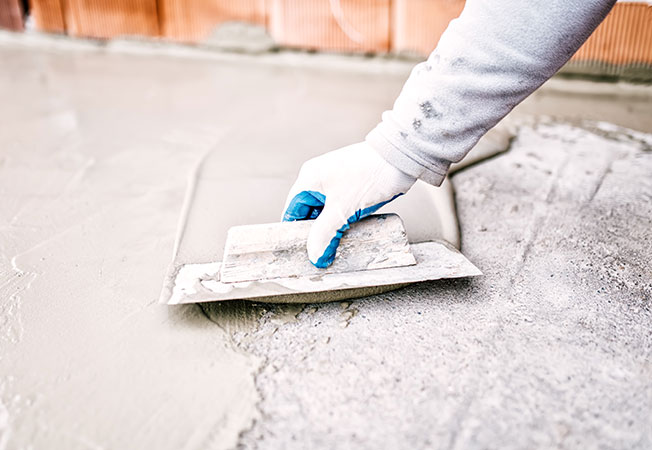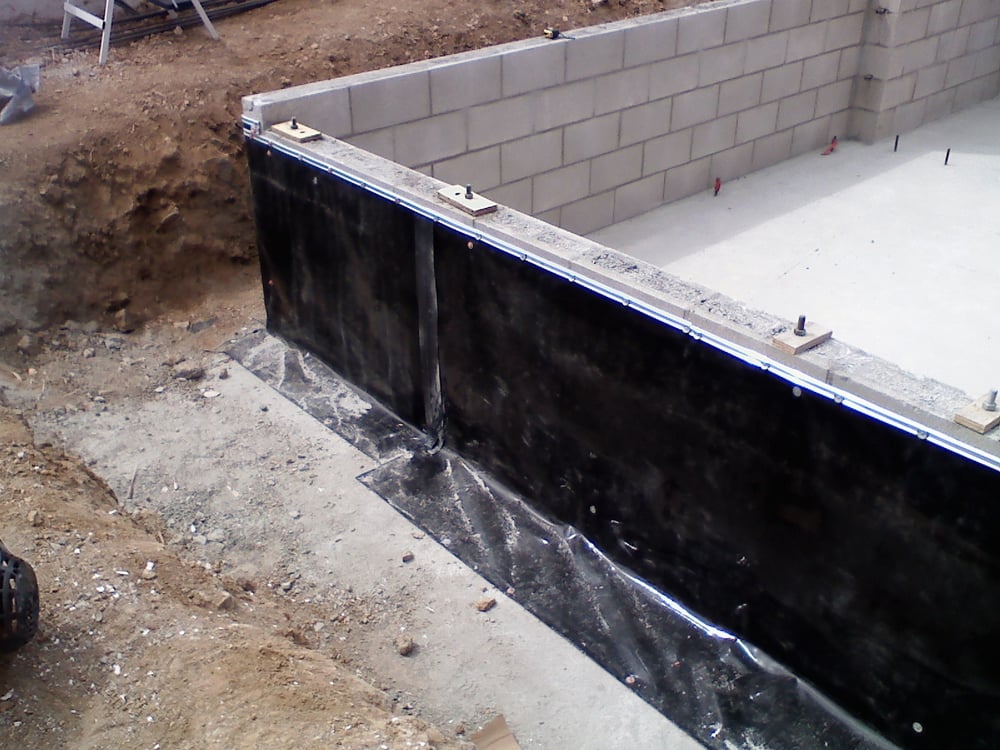French drain installation Omaha Explained: Benefits, Cost, and Best Timing
Sorts of Waterproofing: Checking Out the Various Methods and Their Applications
Waterproofing is an important facet of building and upkeep. It safeguards structures from the harmful results of water damage. There are several methods readily available, each with its distinct applications and advantages. From membrane layer systems to cementitious remedies, recognizing these alternatives is important for effective application. The choice of waterproofing approach can significantly influence durability and longevity. Checking out these various strategies exposes their distinctive benefits and possible difficulties, motivating additional consideration of suitable services.
Membrane Layer Waterproofing Equipments
Membrane waterproofing systems work as a crucial obstacle versus water intrusion in various frameworks. These systems commonly consist of slim sheets made from materials like rubber, polycarbonate, or bitumen, which are put on surface areas to avoid wetness infiltration. They can be mounted above or listed below grade and are especially reliable in locations susceptible to high water direct exposure, such as cellars, roofing systems, and foundations.The installment process involves cleaning up the substrate, applying adhesives or primers, and exactly fitting the membrane to assure full insurance coverage. Membrane systems can be either fully stuck, mechanically connected, or laid loose, relying on the certain requirements of the project. They supply sturdiness and versatility, suiting architectural movements without endangering their waterproofing abilities. Additionally, these systems can be enhanced with extra layers for enhanced protection. Eventually, membrane layer waterproofing systems are necessary for safeguarding frameworks versus water damage and maintaining lasting stability.
Liquid-Applied Waterproofing Coatings
Liquid-applied waterproofing coverings supply a versatile option for securing surface areas from water seepage - Sump pump installation & replacement Omaha. These coverings contain fluid materials that, when applied, create a smooth, flexible membrane layer. Their adaptability enables application on different substrates, including concrete, steel, and timber. The finishes can be used in diverse atmospheres, from domestic to commercial setups, making them suitable for roofing systems, foundations, and below-grade structures.One significant benefit of liquid-applied finishings is their capability to satisfy uneven shapes and pass through fractures, creating a durable obstacle against wetness. They often display excellent adhesion homes and resistance to UV radiation, making sure longevity and sturdiness. Additionally, the application process is generally uncomplicated, permitting quick installment and lowered labor expenses. This technique additionally lessens the risk of water pooling, as the continual layer successfully routes water far from at risk locations. In general, liquid-applied waterproofing finishings are an efficient option for complete water security
Cementitious Waterproofing Solutions

Cementitious waterproofing options offer a durable alternative for structures needing trusted wetness security. These systems primarily use a mix of concrete, sand, and chemical ingredients to produce a water resistant barrier. They are usually put on surfaces such as concrete walls, foundations, and floorings, providing a durable, lasting defense versus water intrusion.One of the key benefits of cementitious waterproofing is its simplicity of application; it can be applied using a brush, roller, or spray, making it appropriate for different job dimensions. In addition, this technique works with lots of surfaces and can typically be Our site utilized in conjunction with other waterproofing techniques.Cementitious remedies are particularly effective in settings where water direct exposure is a concern, such as cellars or below-grade frameworks. Their outstanding adhesion buildings ensure water resistant plywood that they bond well with substrates, giving a strong and impenetrable layer versus moisture infiltration.
Bentonite Waterproofing
Bentonite waterproofing is a very reliable method that uses sodium bentonite clay to develop an all-natural obstacle against water. This method manipulates the distinct residential properties of bentonite, which increases upon call with water, securing any kind of potential leaks and protecting against moisture infiltration. It is commonly made use of in various applications, consisting of structure wall surfaces, passages, and keeping wall surfaces, where water resistance is essential.Bentonite can be used in numerous types, such as panels or blankets, offering versatility in installation. Its ability to self-seal makes it an appealing option for areas subject to shifting soil or rising and falling water levels. Furthermore, bentonite waterproofing is environmentally pleasant, as it is a natural product that does not present harmful chemicals right into the environments.
Drainage and Exterior Waterproofing Equipments
Efficient waterproofing often involves a combination of techniques, consisting of drain and outside systems. Drain systems, such as French drains and sump pumps, are made to redirect water far from structures, minimizing hydrostatic stress against foundations. These systems are important in preventing water accumulation that can result in structural damages and mold growth.External waterproofing, on the various other hand, involves applying protective barriers to the building's exterior. Strategies such as the installation of water-proof membranes, coatings, or special info sealers can aid prevent water infiltration. This approach not only protects the structure however additionally improves the total longevity of the structure.Together, drainage and outside waterproofing systems form a thorough solution to handle water effectively. By executing these methods, homeowner can safeguard their financial investments versus the damaging impacts of dampness, ensuring long-term stability and safety for their buildings.
Frequently Asked Concerns
Exactly how Do I Select the Right Waterproofing Method for My Job?
Choosing the ideal waterproofing method depends on aspects such as task kind, ecological conditions, budget, and desired durability. Examining these aspects enables for notified choices customized to details needs and demands.

Can Waterproofing Be Applied in Cold Weather Condition Conditions?
Waterproofing can be used in winter problems, but it needs specific materials and strategies. Cold temperatures may impact treating times and adhesion, requiring mindful option of products created for low-temperature application.
What Are the Usual Signs of Waterproofing Failure?
Common indicators of waterproofing failure include noticeable water spots, peeling paint, wet odors, mold growth, and splits in wall surfaces or foundations. Sump pump discharge drainage Omaha. These indicators suggest that wetness is penetrating the barrier, jeopardizing its performance
Exactly How Long Does Waterproofing Last Before Requiring Maintenance?
The durability of waterproofing varies, usually lasting in between 5 to ten years. Elements such as material high quality, ecological conditions, and upkeep techniques affect its resilience, demanding routine evaluations to assure efficient defense against water breach.
Are There Eco-Friendly Waterproofing Options Available?
The concern of green waterproofing choices discloses an expanding passion in sustainable products (Landscape drainage Omaha). Different all-natural compounds, such as plant-based sealers and recycled items, use effective options while lessening environmental impact, interesting ecologically conscious customers